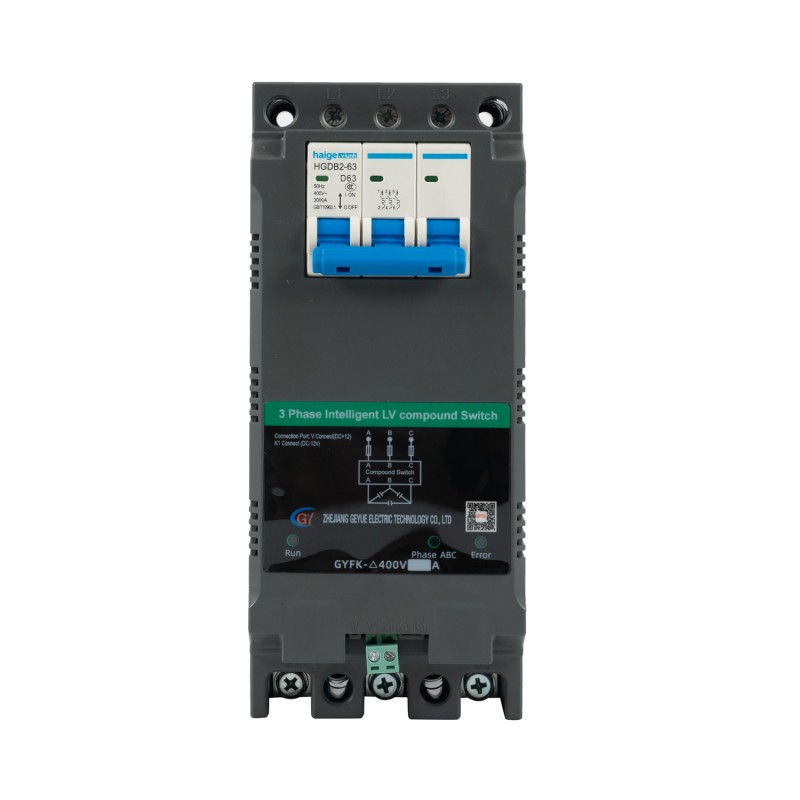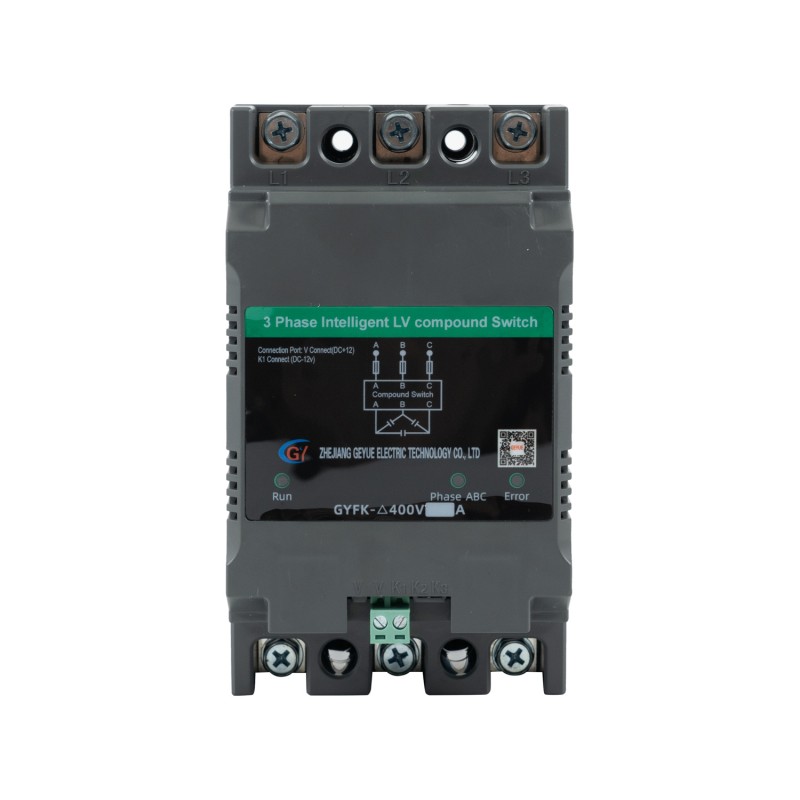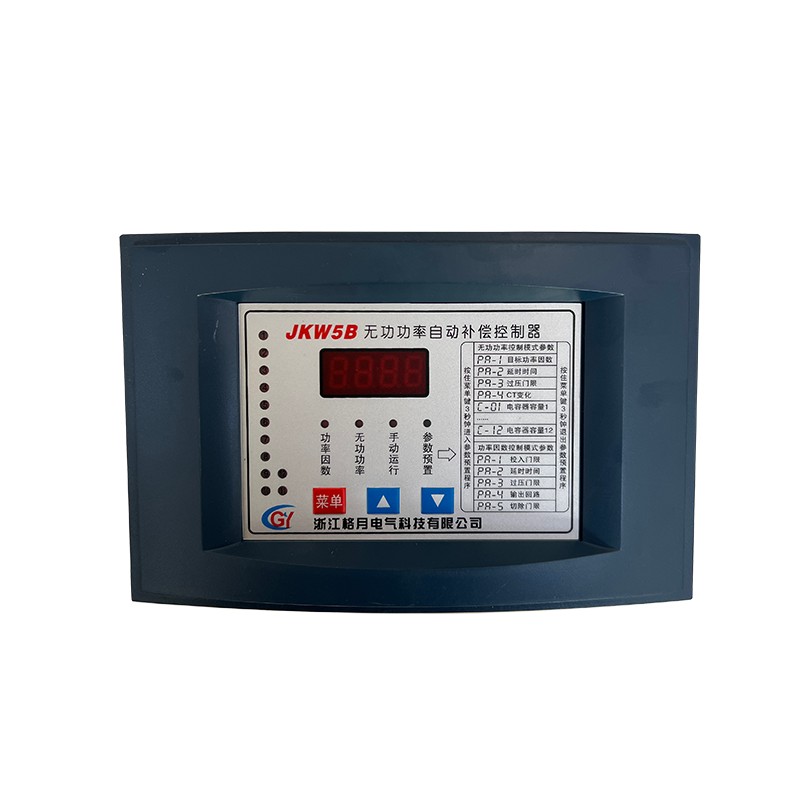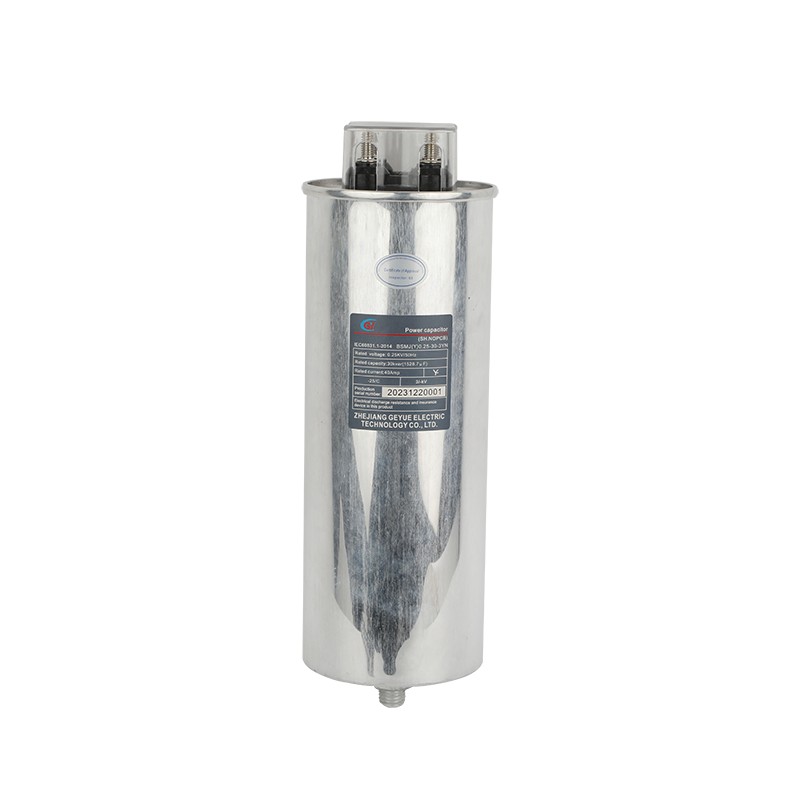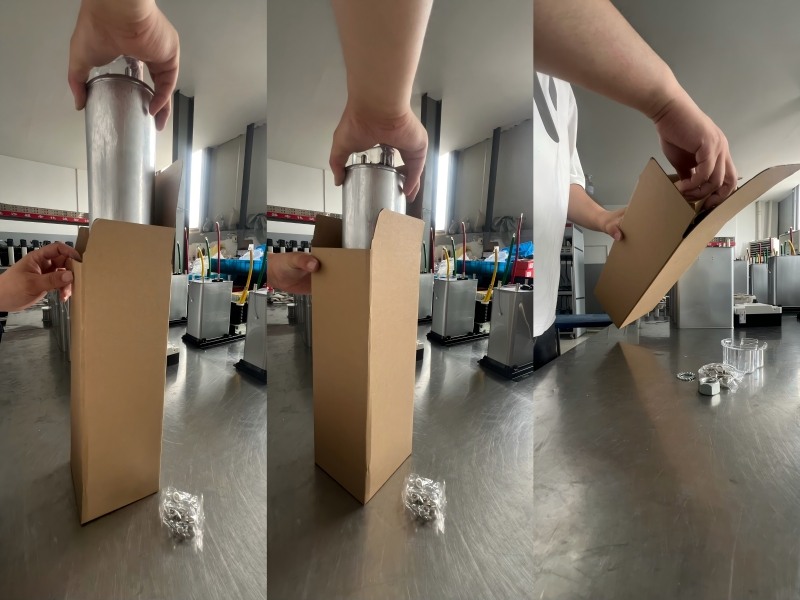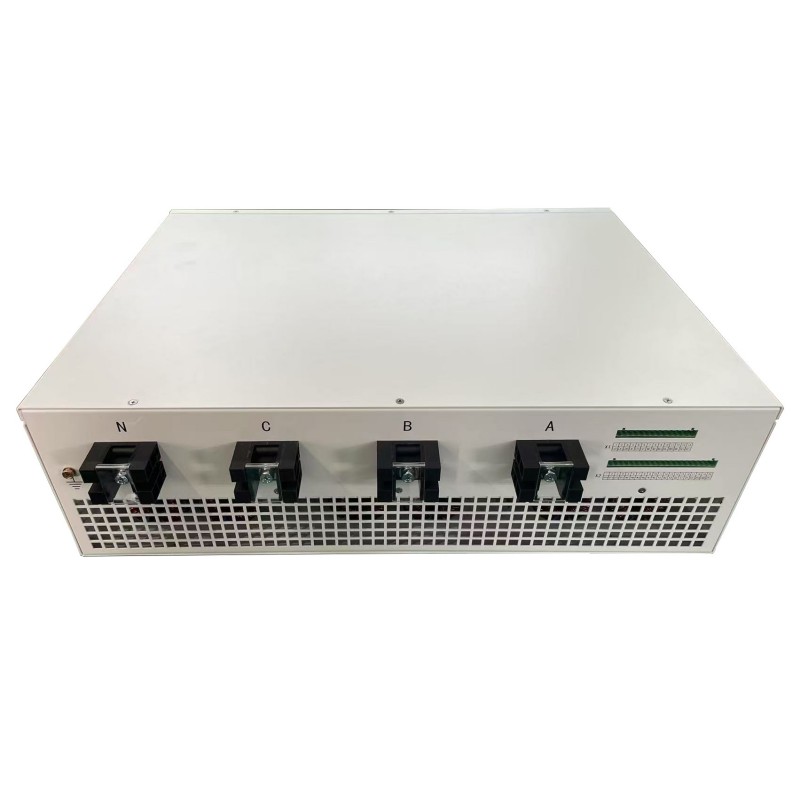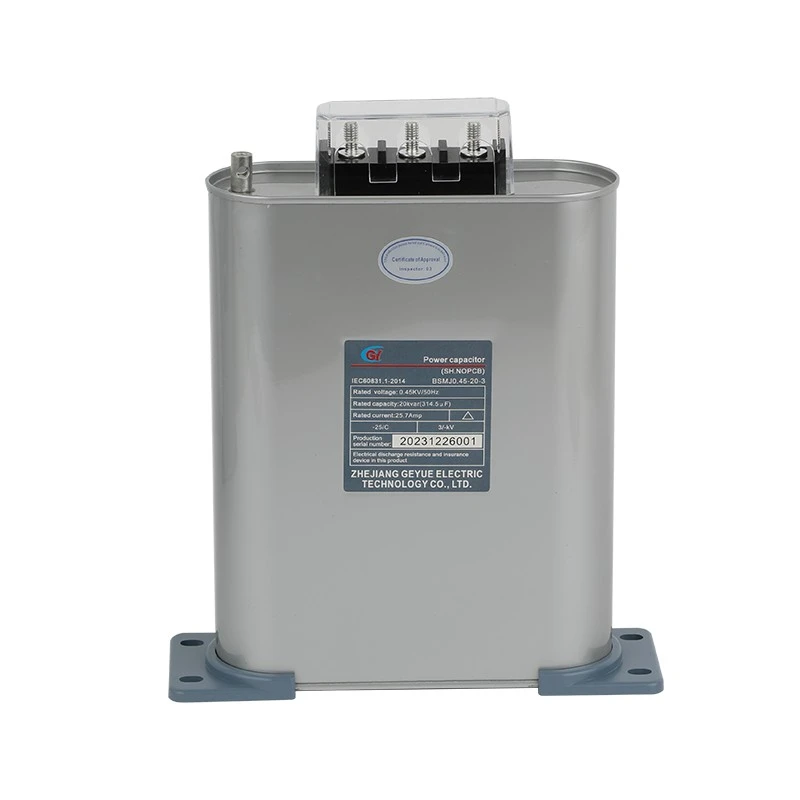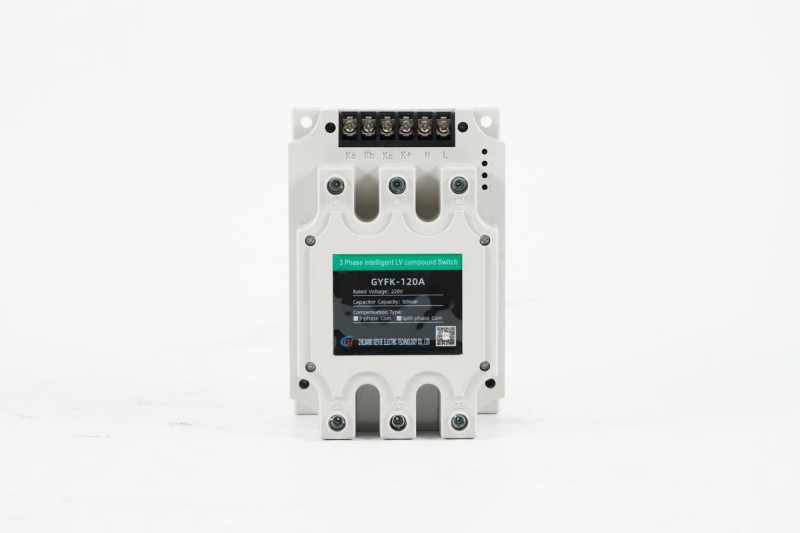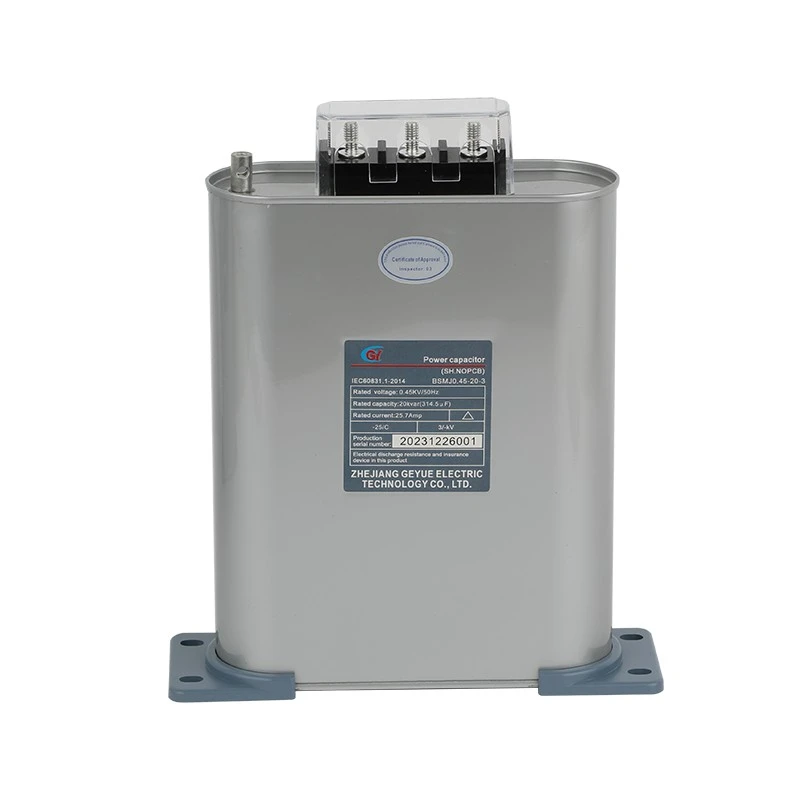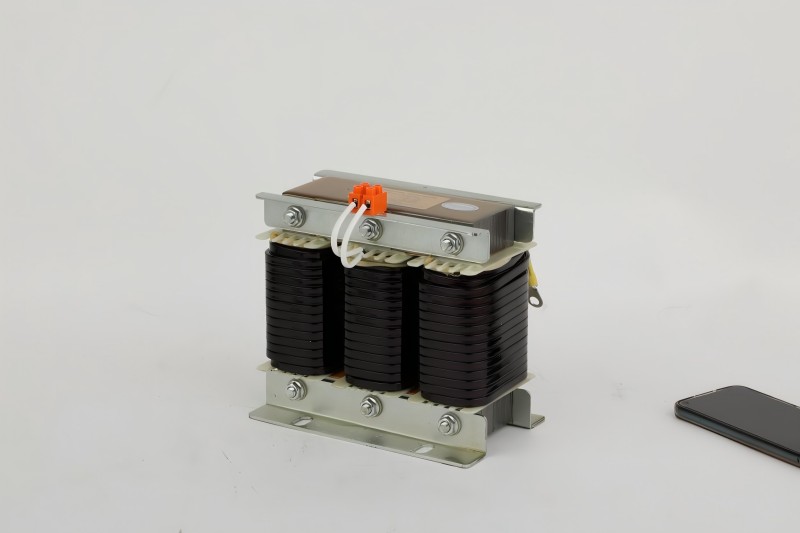How Can Photovoltaic Power Stations Leverage Compensation Cabinet Accessories?
Preface
Photovoltaic power stations need to focus on solving three major power quality issues: harmonic suppression (inverters generate 6k~150kHz high-frequency harmonics), reactive power compensation (power factor fluctuations 0.8~1.0), and voltage stability (irradiation changes cause voltage flicker). Compensation cabinet accessories can be perfectly adapted through targeted modifications.
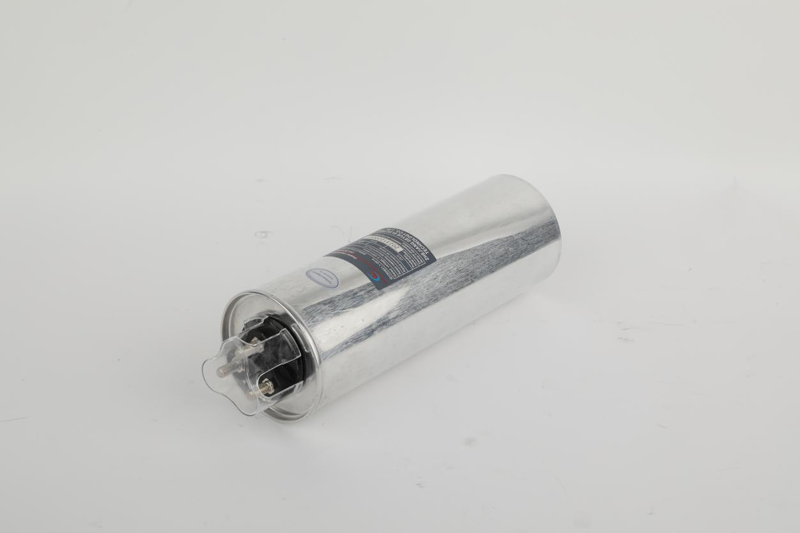
In-depth Treatment of High-frequency Harmonics
The high-frequency harmonic pollution generated during the operation of photovoltaic inverters is a major threat to the safety of the power grid, especially the characteristic harmonics above 23 times will accelerate the aging of equipment. The 14% high reactance reactor developed by Geyue Electric uses nanocrystalline core materials, whose hysteresis loss is only 50% of that of conventional silicon steel sheets, and the inductance attenuation rate is stably controlled within 3% under 2kHz high-frequency conditions. By optimizing the winding distributed capacitance and interlayer insulation structure, the series reactor provides 30dB precise attenuation capability for the 23-50th harmonic frequency band, and the harmonic distortion rate is compressed from the industry-typical 8.7% to the safety threshold of 2.1% in actual measurements. In the continuous full-load operation test, the transformer temperature rise was reduced by more than 18K, and the winding hot spot temperature dropped from 142℃ to 124℃, significantly extending the life of the equipment. The core material has been specially annealed, and the saturation flux density reaches 1.8T, ensuring unsaturated operation under 150% overload conditions.
Breakthrough in DC Component Blocking Technology
The DC component caused by inverter leakage current is the core hidden danger that causes power capacitor explosion. The implantable DC blocking module developed by Geyue adopts the principle of magnetic balance monitoring and detects the DC component in the circuit in real time through a high-precision Hall sensor. When a DC component above 3V is detected, the IGBT-based fast cut-off circuit triggers protection within 0.1 seconds, and the action speed is 5 times faster than that of traditional relays. The module has a built-in self-diagnosis function, which automatically calibrates the zero drift every 24 hours to ensure a detection accuracy of ±0.5V. In the accelerated aging test, the capacitor equipped with this module remained intact after 3,000 DC shocks, and the operating life was extended from the industry average of two years to more than seven years. The power consumption of the module is controlled within 0.8W, which does not affect the normal reactive power compensation function of the capacitor, and the protection level reaches IP67.
Millisecond-level Light Energy Compensation System
The instantaneous fluctuation of photovoltaic power places strict demands on the response speed of the compensation system. The new generation of dedicated controller integrates a quad-core processor architecture, and the real-time computing unit with a main frequency of 1.2GHz compresses the instruction cycle to 20 milliseconds. By connecting to the meteorological satellite data interface, the irradiance prediction algorithm predicts the power fluctuation trend 200 milliseconds in advance and dynamically adjusts the reactive power output strategy. In the simulated cloud cover test, when the light intensity suddenly changes by 20%, the voltage fluctuation rate of the system is suppressed from 3.1% to less than 0.8%, and the response delay is only 18 milliseconds. The dual DSP redundant design ensures that the fault switching time is ≤5 milliseconds, and the communication protocol is compatible with the IEC 61850 standard, which can be directly connected to the power station energy management system. This technology reduces the abandoned light rate by 1.7 percentage points and increases the annual equivalent utilization hours by 152 hours.
Systematic Construction of Quality Defense Line
In view of the harsh environment of photovoltaic power stations, Geyue has established a three-level quality verification system. At the material level, the nanocrystalline magnetic core has undergone a temperature cycle test from -40℃ to +150℃, and the magnetic permeability fluctuation is ≤1.5%. The production process implements full-process online monitoring, and the series reactor winding adopts a vacuum pressure impregnation process with an impregnation rate of ≥99.3%. The finished product must pass three extreme tests: 1.5 times the rated voltage 24-hour withstand voltage test to verify the insulation strength; immediately load the rated current after freezing at -40℃ to assess the cold start performance; superimpose 1000V DC component impact to evaluate the reliability of the protection mechanism. Operation data shows that in the combined environment of sandstorms and salt spray, the inductance of the equipment decays by only 0.28% after 13,000 hours of continuous operation, and the insulation resistance remains above 15GΩ. We provide a five-year warranty for the entire machine, and the failure rate is promised to be ≤0.1%.
Per-kilowatt-hour Cost Control System
Systematic transformation produces significant economic benefits. The power factor is stabilized at 0.98, eliminating grid fines and obtaining bonuses; power capacitor explosion-proof technology reduces maintenance costs to zero, saving more than one million in spare parts costs annually; the optimization of abandoned light rate increases effective power generation by 3.5%. Take a typical 100MW power station as an example: the upgrade investment is about US$700,000, of which the series reactor system accounts for 60%, the intelligent controller accounts for 25%, and the protection module accounts for 15%. The annual income after the transformation includes: no fine of US$150,000, maintenance cost savings of US$100,000, power generation gain of US$400,000, and a comprehensive annual income of US$800,000. The investment recovery period is about 10.4 months, and the net income during the equipment life cycle is 8.6 times the investment cost. The intelligent monitoring platform displays the cost-saving data of each subsystem in real time and automatically generates an investment return analysis report.
- Can Cylinder Self-healing Shunt Capacitor Become the Ideal Choice for Reactive Power Compensation in Power Systems?
- Can Three Phase Intelligent Low Voltage Compound Switch Achieve Technological Innovation in Reactive Power Compensation of Power Systems?
- Can AC contactors become key actuators in industrial automation control?
- Can Self-healing Shunt Capacitor Become a Key Support for Smart Grid Construction?
- How Can Multifunctional Meter Lead a New Revolution in Energy Management?
- Can Active Power Filters Become the Key to Solving Power Quality Problems?


